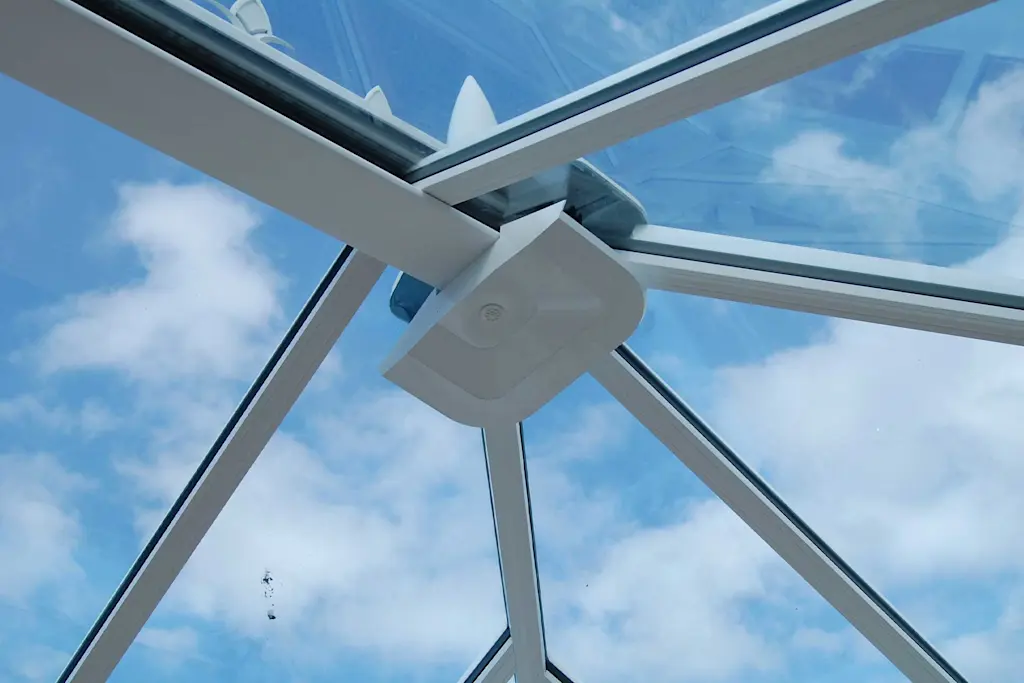Think a leaky roof is just about missing shingles or worn-out flashing? Think again. The real causes often hide in places most people never think to check. And by the time the water makes its way inside, the damage might already be far worse than what’s visible.
If you’ve been dealing with recurring leaks, or that stubborn water stain on your ceiling keeps growing despite repairs, it’s time to take a closer look at what’s really going on.
Hidden Culprits Behind a Leaky Roof
Not all roof leaks are created equal. Some are obvious. Others are sneakier and more damaging in the long run. Below are often-overlooked causes that might be the real reason your roof is giving you trouble.
1. Poor Ventilation
Your attic plays a bigger role in your roof’s health than you might realize. When warm, moist air from inside your home gets trapped up there, it creates the perfect environment for mold, rot, and moisture buildup. That moisture can damage roof decking and seep through the layers of your roof. If you’re unsure about what’s causing the excess humidity or whether your ventilation setup is doing its job, an experienced roofer Boynton Beach can help assess the situation and spot problems that aren’t obvious at first glance.
What to check:
- Look for signs of condensation in the attic
- Check if vents are blocked or undersized
- Inspect wood for soft spots or discoloration
2. Clogged Gutters
A simple gutter clog might seem harmless, but water that doesn’t drain properly can back up under your shingles and pool around the edges of your roof. Over time, this weakens the materials and allows water to get in.
If your gutters overflow during rain or you see plants growing in them, it’s a clear sign that they’re not doing their job. Clean gutters aren’t just about keeping things tidy: they’re about preventing costly leaks and water damage.
3. Cracked Plumbing Boots or Roof Vents
The rubber boots and seals around plumbing pipes and roof vents break down over time. Even small cracks can let water sneak through, especially during heavy rain or snow melt. The problem is, these areas are easy to miss unless you’re specifically looking for them.
Check the base of any pipes sticking out of your roof. If the rubber looks brittle, cracked, or pulled away from the pipe, it’s no longer watertight.
4. Insufficient Overhang or Drip Edge Problems
If your roof doesn’t extend far enough past the exterior walls, or if the drip edge flashing is missing or improperly installed, water can run behind the gutters and into the fascia or wall. That moisture often finds its way inside.
Many homeowners don’t notice this until paint starts peeling or wood starts to rot. By then, it’s already spread deeper into the structure.
5. Ice Dams and Improper Insulation
In colder climates, ice dams form when heat escapes from inside the house and melts the snow on the roof. That melted snow then refreezes at the edges, creating a dam that traps water behind it. That water can creep under shingles and soak the underlayment.
This is often caused by poor insulation and heat leakage. If your attic isn’t properly sealed, you’re inviting leaks every winter.
Water Stains Don’t Tell the Whole Story
Just because you see a stain in one part of the ceiling doesn’t mean the leak is directly above it. Water travels. It might enter through a weak spot several feet away and flow along beams or insulation before finally dripping through. That’s why finding the actual source takes more than a flashlight and a ladder.
A professional roof inspection often uncovers the true source, but even then, make sure you’re not settling for surface-level fixes. Patching the visible leak without tracing it back to its origin is like placing a bandage on an infected wound.
When Repairs Aren’t Enough
If you’ve patched the same leak more than once, or if you’ve had multiple isolated leaks within a few years, it might not be about fixing one spot anymore. It could mean the entire roofing system is compromised. Roofing materials wear out over time, especially when exposed to harsh weather, UV rays, and temperature swings.
Here’s what to look out for:
- Shingles that are curling, cracking, or missing granules
- Sagging areas on the roof
- Dark streaks or moss growth
- Soft or spongy spots underfoot
These signs suggest the structure underneath may be water-damaged. At that point, it’s usually more cost-effective to consider a more comprehensive fix than continuing with patch jobs.
One Small Leak, Big Consequences
Ignoring a minor leak or assuming it’ll hold off a little longer is a mistake that leads to much more expensive repairs down the line. Even slow drips can rot wooden supports, destroy insulation, and create a breeding ground for mold.
Here’s what water damage can trigger over time:
- Weakened structural beams – Water softens wood, causing long-term instability
- Mold and mildew growth – Affects air quality and spreads fast
- Electrical hazards – Water around wiring is a serious risk
- Insulation damage – Wet insulation loses its effectiveness, driving up energy bills
- Interior damage – Peeling paint, sagging ceilings, and stained walls are just the start
Leaks don’t just stay in the attic. Left alone, they make their way through your entire home.
A Leak-Free Roof Starts With a Bigger Picture
It’s easy to focus on the leak itself. But a truly leak-free roof requires looking at how everything works together: the shingles, the ventilation, the gutters, the insulation, and even the airflow in your attic.
Most people only think about their roof when something goes wrong. But regular maintenance, inspections after big storms, and checking the less obvious areas can save you from costly surprises.
Before the Next Storm Hits
Water doesn’t need much space to get in. A tiny crack, a loose nail, or a bit of trapped moisture is all it takes to start a much bigger problem. If you’re dealing with leaks that keep coming back, it’s probably not just bad luck or poor workmanship.
It’s time to look deeper.
Because the truth is, most leaky roofs don’t fail overnight. They fail slowly, from the inside out, and they start failing long before the first drop of water hits your floor.




